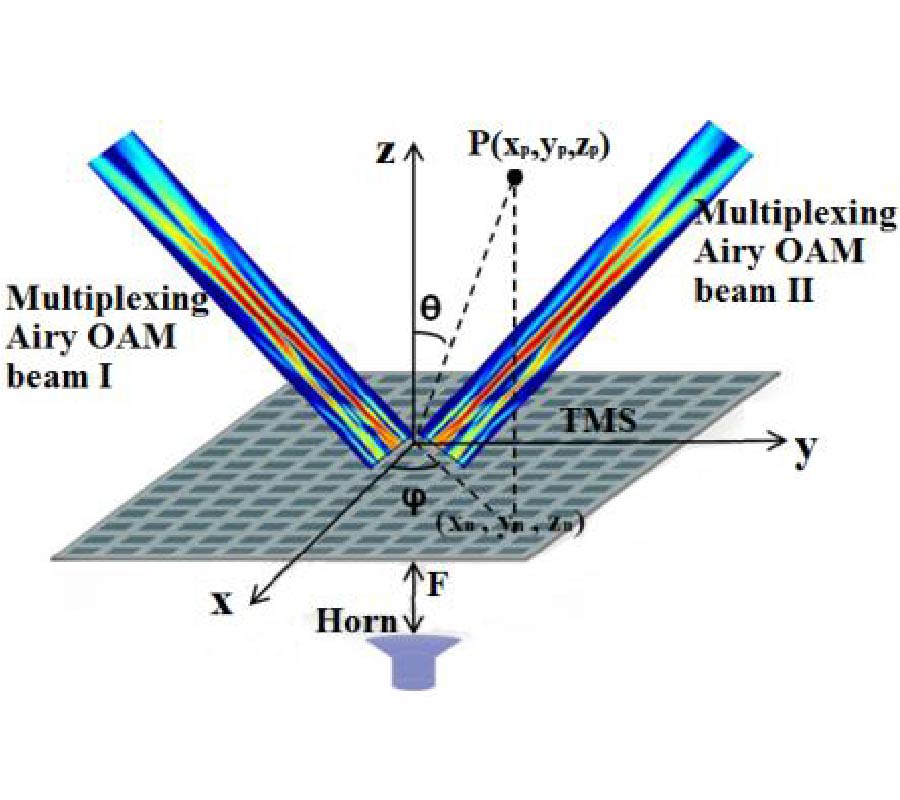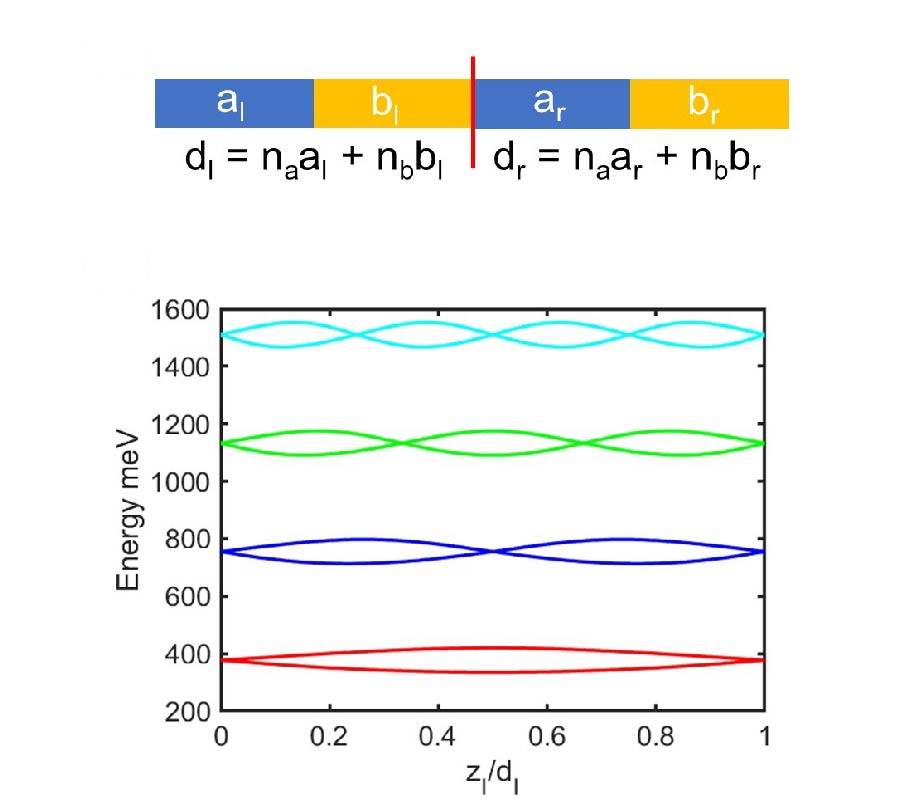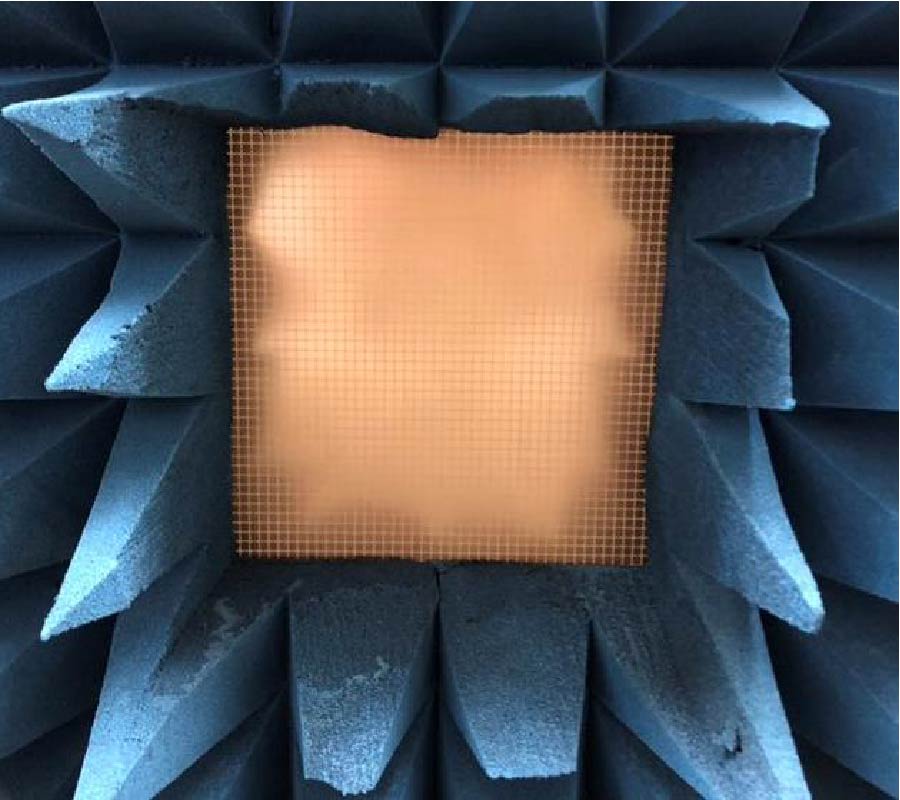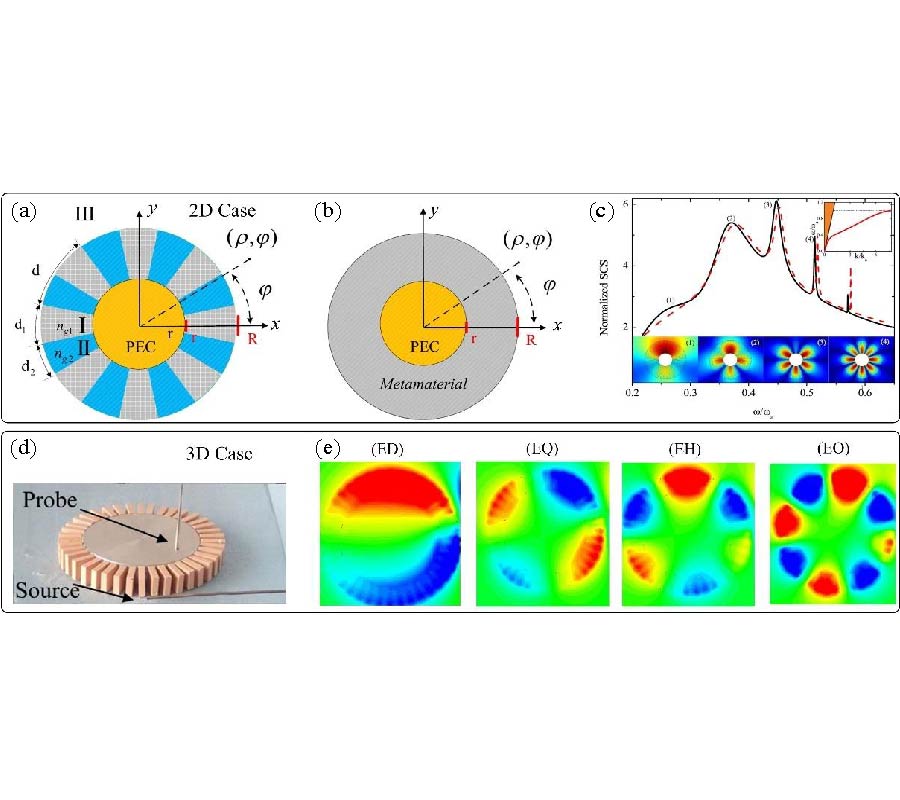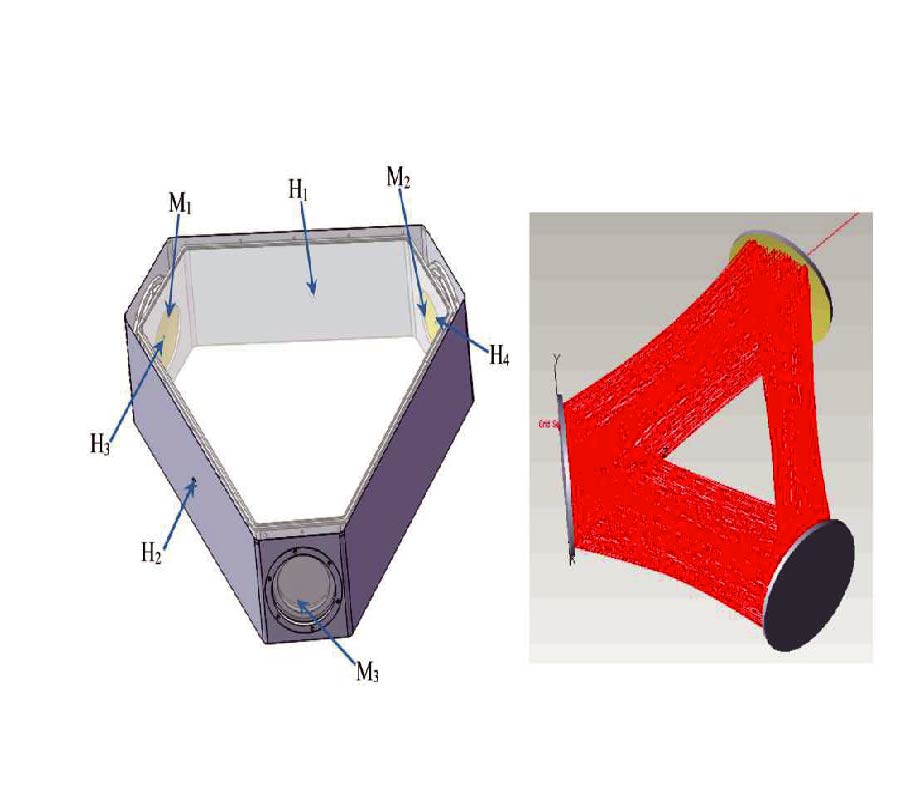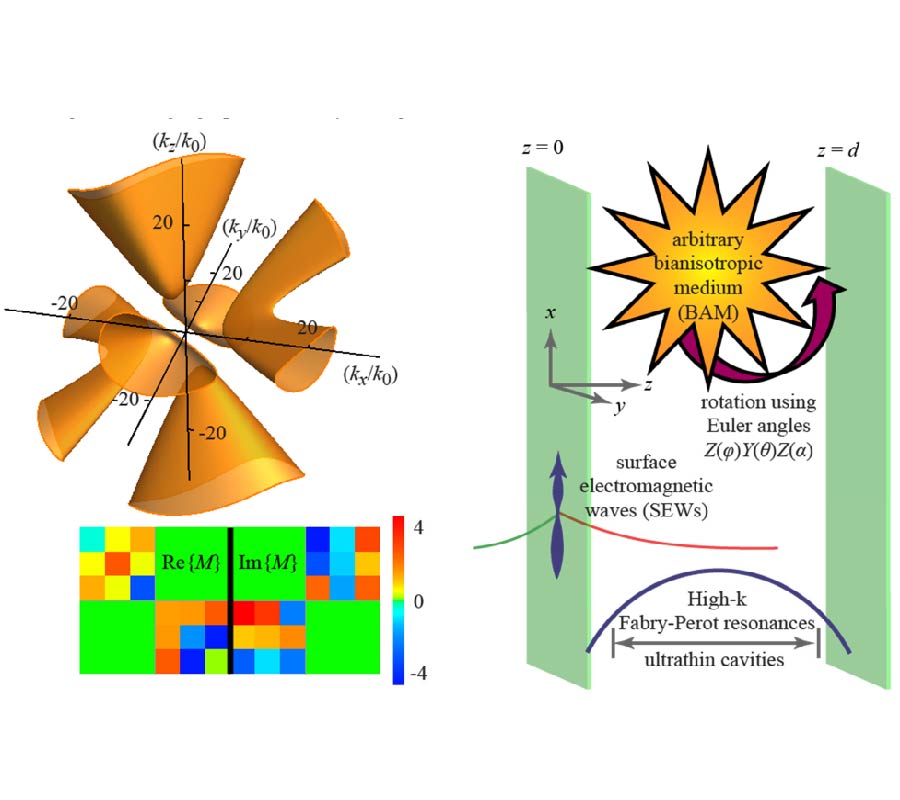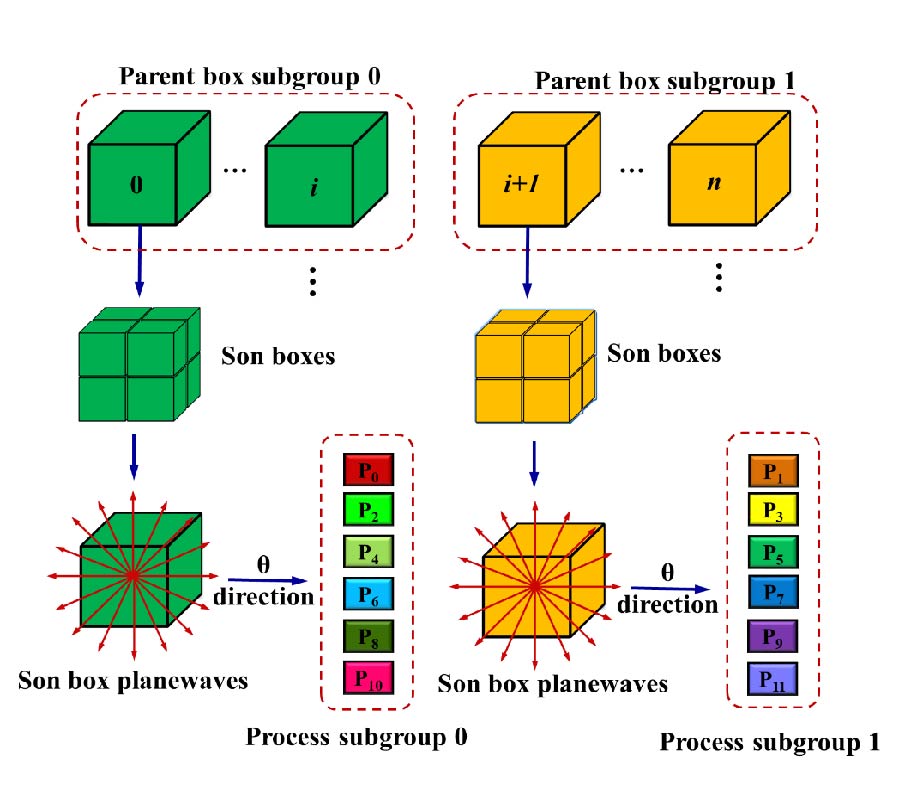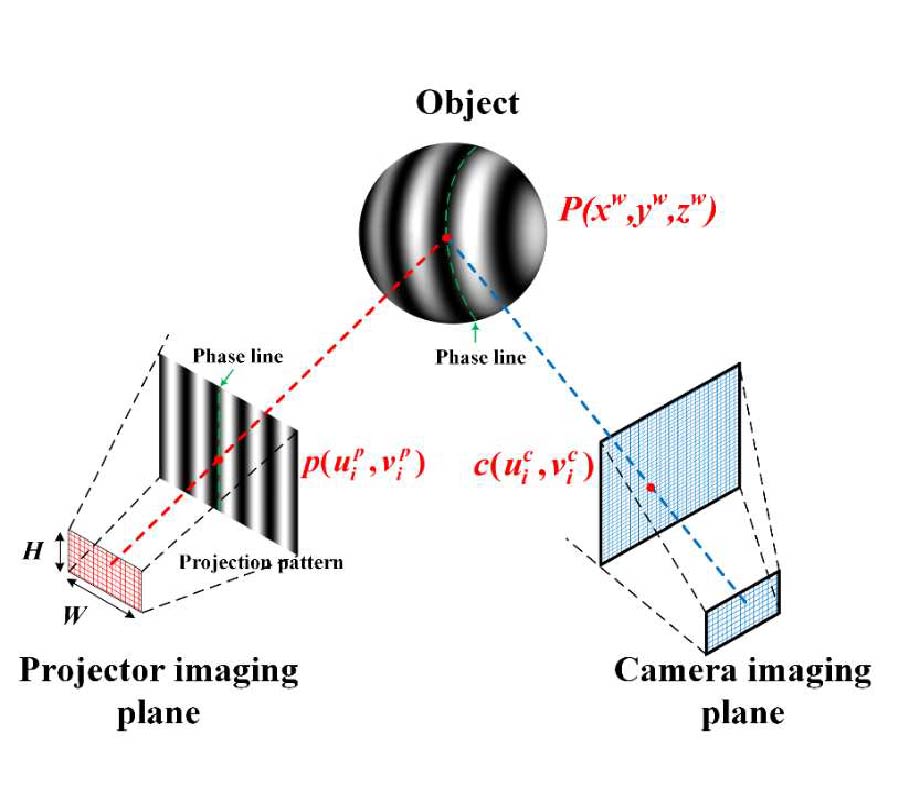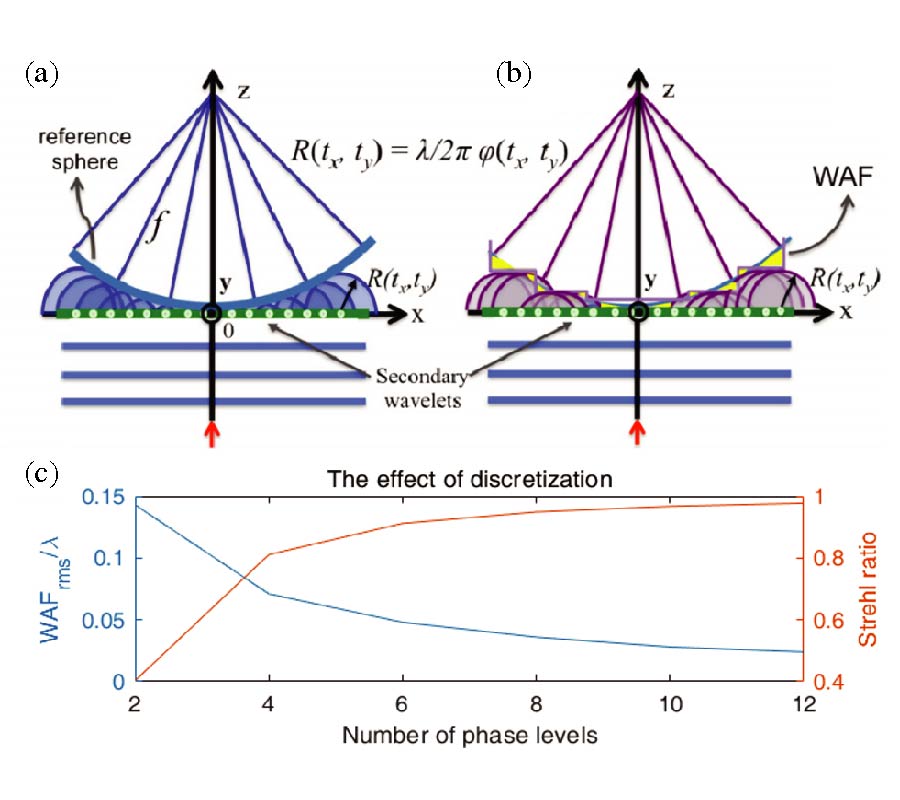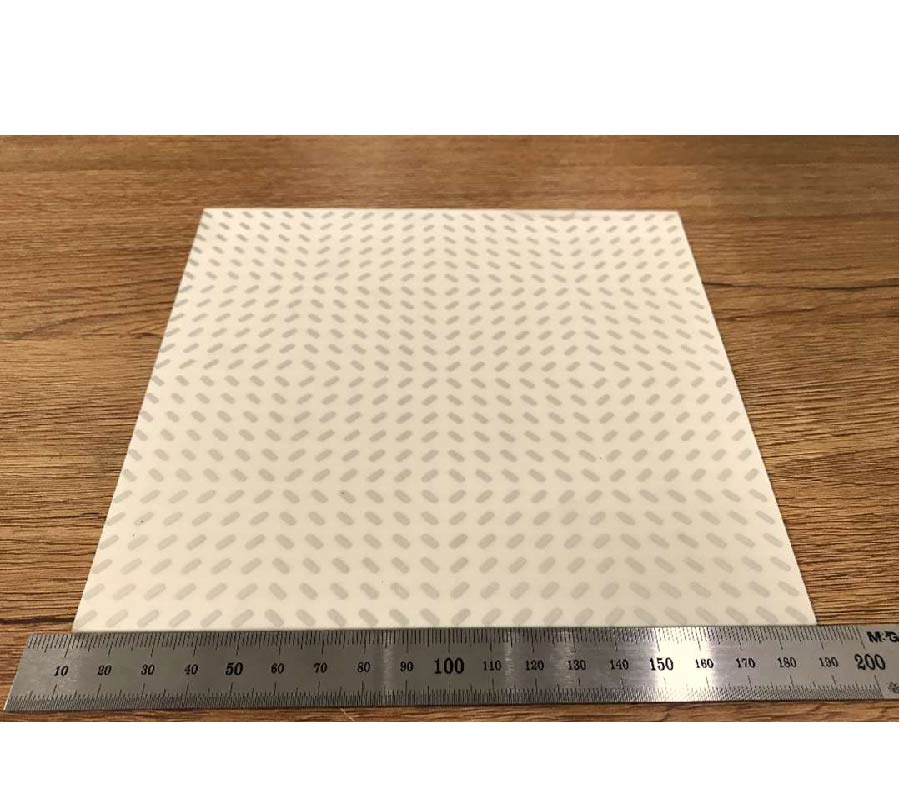Portable 4D Snapshot Hyperspectral Imager for Fastspectral and Surface Morphology Measurements (Invited Paper)
Jing Luo,
Zijian Lin,
Yuxin Xing,
Erik Forsberg,
Chengdong Wu,
Xinhua Zhu,
Tingbiao Guo,
Gaoxuan Wang,
Beilei Bian,
Dun Wu and
Sailing He
A portable 4D snapshot hyperspectral imager (P4DS imager) with compact size, fast imaging time, low cost, and simple design is proposed and demonstrated. The key components of the system are a projector, a liquid crystal tunable filter (LCTF), and a camera. It has two operating modes dependent on the set state of the LCTF: a 3D light measurement mode that produces a 3D point cloud reconstruction of the object, and a hyperspectral imaging mode yielding spectral data. The camera imaging plane is the same for both operating modes allowing the collected spatial and spectral data to be directly fused into a 4D data set without post-processing. The P4DS imager has excellent performance with a spectral resolution of 10 nm, a spatial depth accuracy of 55.7 um, and total 4D imaging time of 0.8 s. 4D imaging experiments of three different samples, colored doll statue, green broccoli, and a human face, are presented to demonstrate the efficiency and applicability of the system. Due to being cost-effective, portable, and good imaging performance, the proposed system is suitable for commercialization and mass production.
